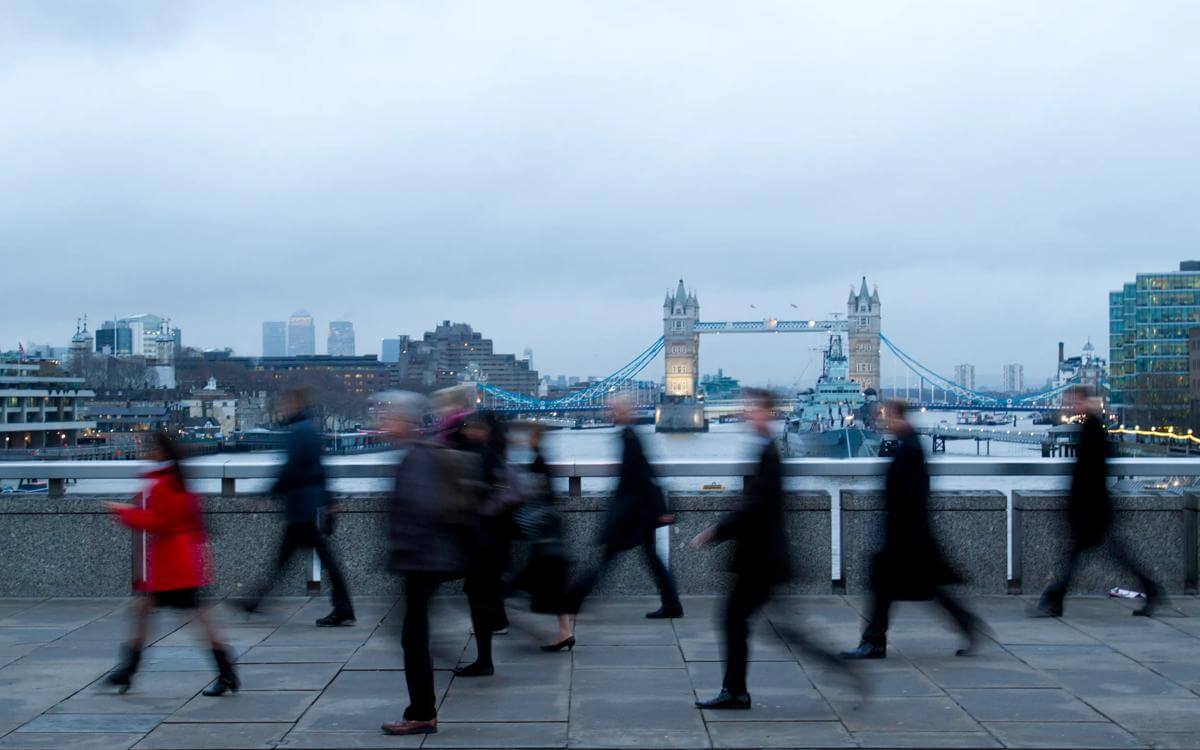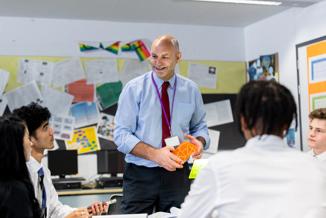Coronavirus Job Retention Scheme – update June 2020
On 12 June 2020, as anticipated HMRC set out further detail of the previously announced changes to the Coronavirus Job Retention Scheme (CJRS). These changes will take effect from 1 July 2020.
Please note: the information contained in our legal updates are correct as of the original date of publication
On 12 June 2020, as anticipated HMRC set out further detail of the previously announced changes to the Coronavirus Job Retention Scheme (CJRS). These changes will take effect from 1 July 2020.
Employees will no longer have to avoid doing any work at all for their employer, but can work and not work in proportions to be determined between the employer and employee. The employer will still be able to claim the CJRS grant, at 80% of their salary (subject to the previous cap), for those hours the employee does not work where they normally would do so.
The steps for calculating furlough pay under the flexible furlough scheme are complex. Helpfully, the updated guidance includes several examples plus a calculator to assist employers calculate their claim. The remainder of the update can be summarised as follows.
Eligibility
The employer can only submit a claim if they have previously successfully submitted a claim for the same employee in relation to a three-week furlough period between 1 March 2020 and 30 June 2020. However, this cut off does not apply for employees who started certain parental leave (maternity, paternity, shared parental, adoption or parental bereavement leave) before 10 June 2020 and returned after 10 June 2020, as long as they were on PAYE payroll as at 19 March 2020, and the employer has furloughed other employees for a three week period between 1 March 2020 and 30 June 2020.
Deciding working hours
The employer must liaise with their employees to decide those hours they will work.
If the employee is fully furloughed
The employer does not need to work out the employee’s usual and furloughed hours. The employer should work out the maximum wage amount.
If the employee is flexibly furloughed
The employer must work out the employee’s usual hours (see below for further details) and record the actual hours they work, as well as their furloughed hours, for each claim period.
The guidance contains examples to assist with working out usual hours and furloughed hours.
Evidencing the arrangement
The split of working hours and furloughed hours will need to be agreed with the employee and should be confirmed in a written agreement (or the employer must reach collective agreement with a trade union). It would be prudent for the employee’s agreement to also be recorded in writing. This record must be kept for five years.
Even if the employer already has written confirmation of furlough arrangements with furloughed employees, the employer must additionally confirm in writing if they are to be moved to flexible furlough arrangements. Similarly, if the employee’s working hours change again from those hours originally agreed, the employer must have something new in writing to cover that arrangement.
Deciding who to furlough
The number of employees the employer can claim for in any claim period from 1 July 2020 onwards must not exceed the number of employees claimed for under any single claim ending by 30 June 2020. This may impact on those employers who have rotated employees on furlough each month but were then hoping to flexibly furlough all those who had been previously furloughed. The exception regarding employees on parental leave applies.
The employer can choose to continue to fully furlough employees until 31 October 2020, although the cost sharing regime takes effect from 1 August 2020.
Furlough duration
The three-week minimum requirement will be removed - as of 1 July 2020, flexible furlough arrangements can last for any amount of time (except where the employee is part way through a three-week furlough period which commenced prior to 1 July 2020).
However, the minimum claim an employer can make is for one week (unless the claim is for the first or last few days of the month, as explained below).
Deciding the length of claim period
From 1 July 2020 onwards, claim periods must start and end within the same calendar month. The exception is where a claim is for a period including the first or last day of the month, and the employer has already claimed for the period ending immediately before it – in which case, the claim can relate to a period of fewer than 7 days.
The employer should try to match the claim period to the dates they process their payroll. The employer can only make one claim for any period so must include all furloughed or flexibly furloughed employees in one claim, even if they are paid at different times.
Claims cannot overlap: if making more than one claim, subsequent claims must not overlap and where employees have been furloughed or flexibly furloughed continuously (or both), the claim periods must follow on from each other with no gaps in between the dates.
Claims for periods ending on or before 30 June 2020 must be made by 31 July 2020. Employers cannot make any claims for July until 1 July 2020.
Calculating normal working hours
Fixed hours/pay
The employer must use the number of hours the employee worked in the pay period before 19 March 2020.
Variable hours/pay
The employer must take the higher of:
- the average number of hours worked in the tax year 2019 to 2020, or
- the corresponding calendar period in the tax year 2019 to 2020.
“Normal working hours” must include any hours of leave for which the employee was paid their full contractual rate and any hours worked as overtime (where payment for working overtime was not discretionary).
Holiday accrual
In short, the rules on this have not changed: employees continue to accrue annual leave during furlough (whether full or flexible) and can take annual leave during furlough.
Record keeping
Employers must keep a record of the following:
- usual hours worked, including any calculations that were required, for employees they have flexibly furloughed;
- actual hours worked for employees they have flexibly furloughed;
- how many hours each employee works and for how many hours they are furloughed;
- the amount claimed and claim period for each employee;
- each claim reference number; and
- their calculations.
These records must be kept for six years.
HMRC is planning a robust audit of any employers misusing the furlough scheme. It is therefore critical that employers calculate their claims correctly. According to the draft amendments to the Finance Bill, it is proposed that HMRC will charge tax where an employer has claimed under the CJRS but is found to not be entitled to the support. For example, where an employer’s claim is found to be fraudulent or based on incorrect information. Through these provisions, HMRC will have the power to recover payments by imposing a 100% tax charge. There is also scope for a penalty to be imposed where there has been deliberate non-compliance. As before, employees must not do any work at all for the employer for those hours they are declared to be furloughed.
End of the CJRS
The CJRS will close completely on 31 October 2020. Employers must decide whether employees under the flexible furlough scheme will return to their normal hours. The usual rules of redundancy will apply to furloughed employees.
Contact

Mark Hickson
Head of Business Development
onlineteaminbox@brownejacobson.com
+44 (0)370 270 6000








































